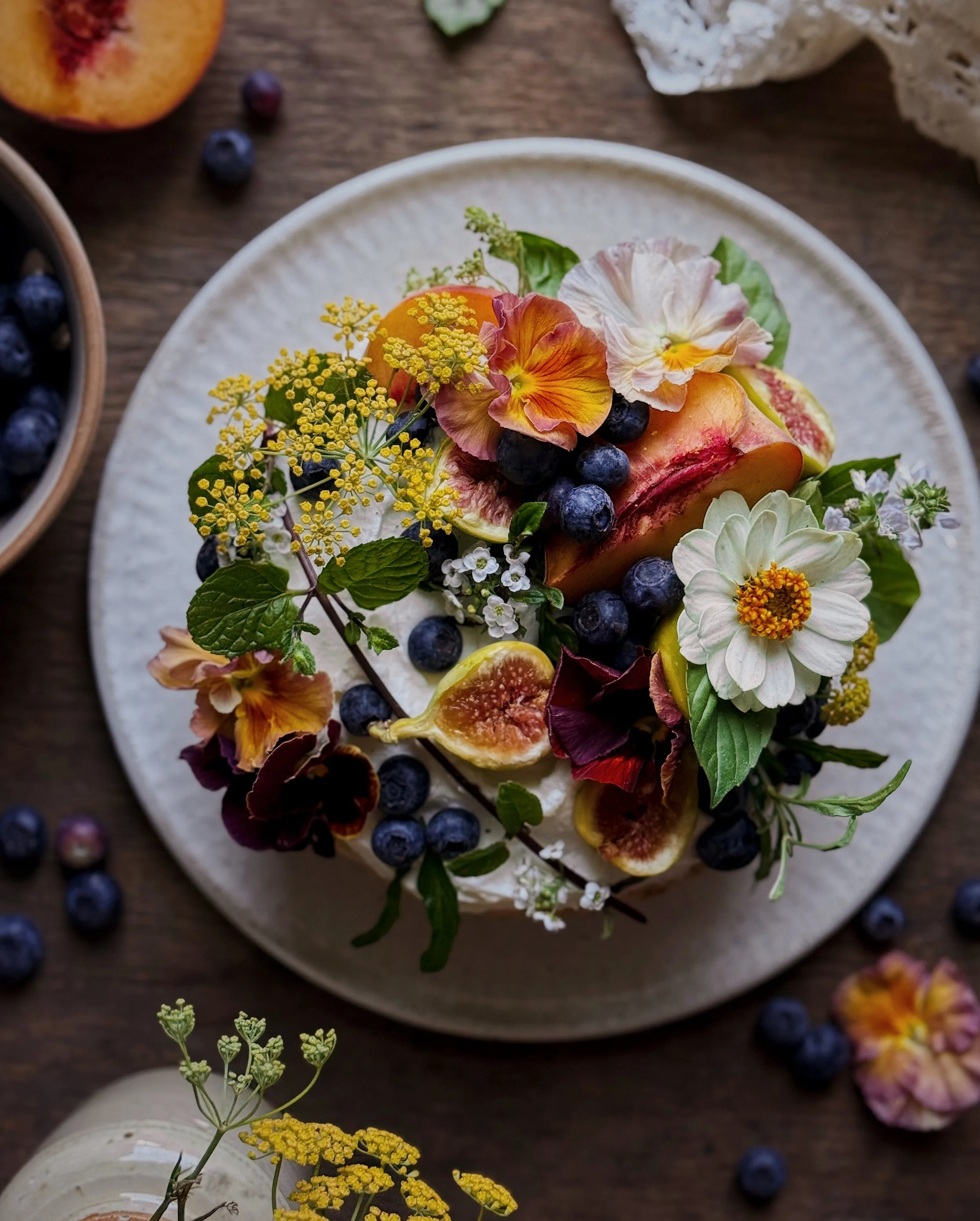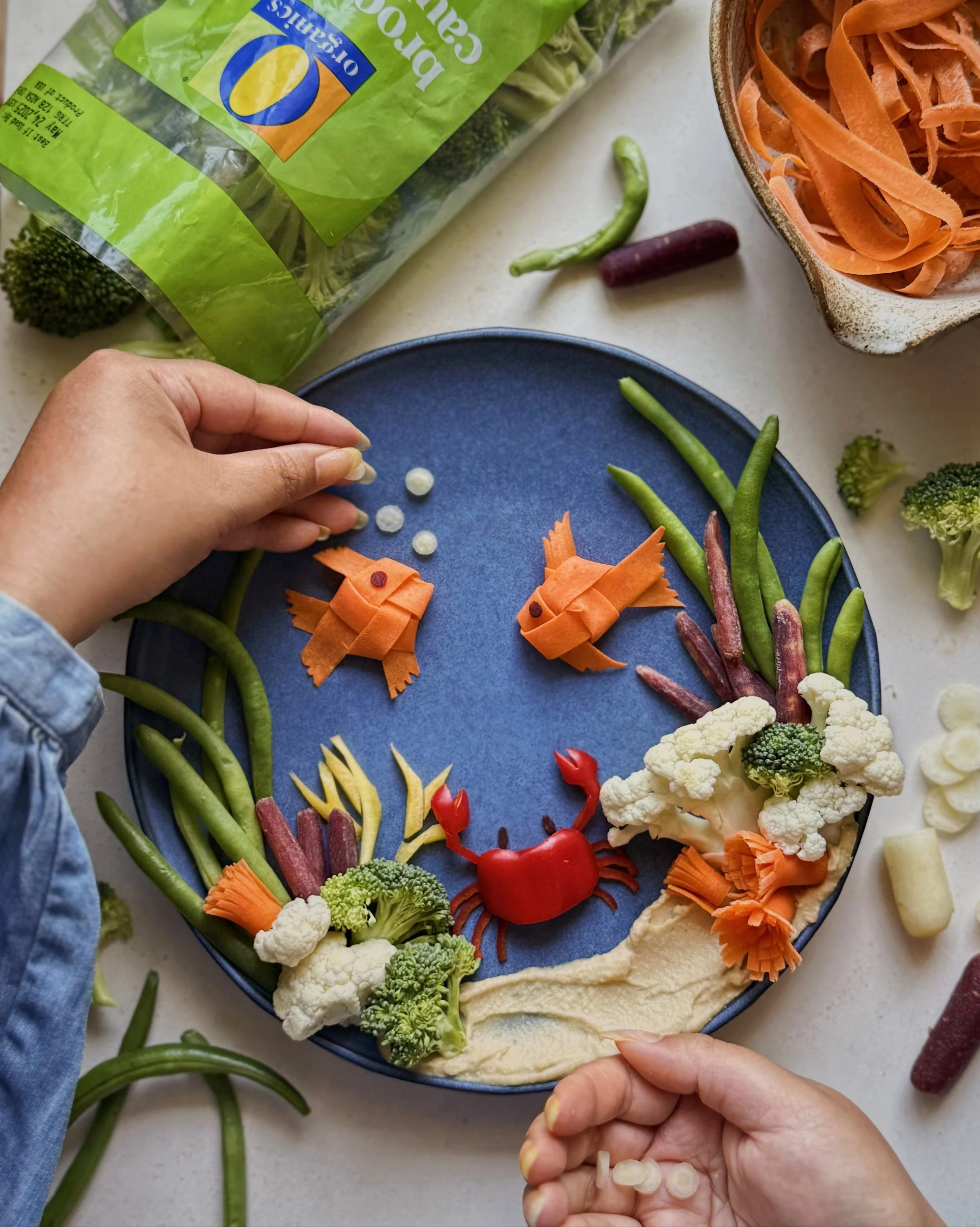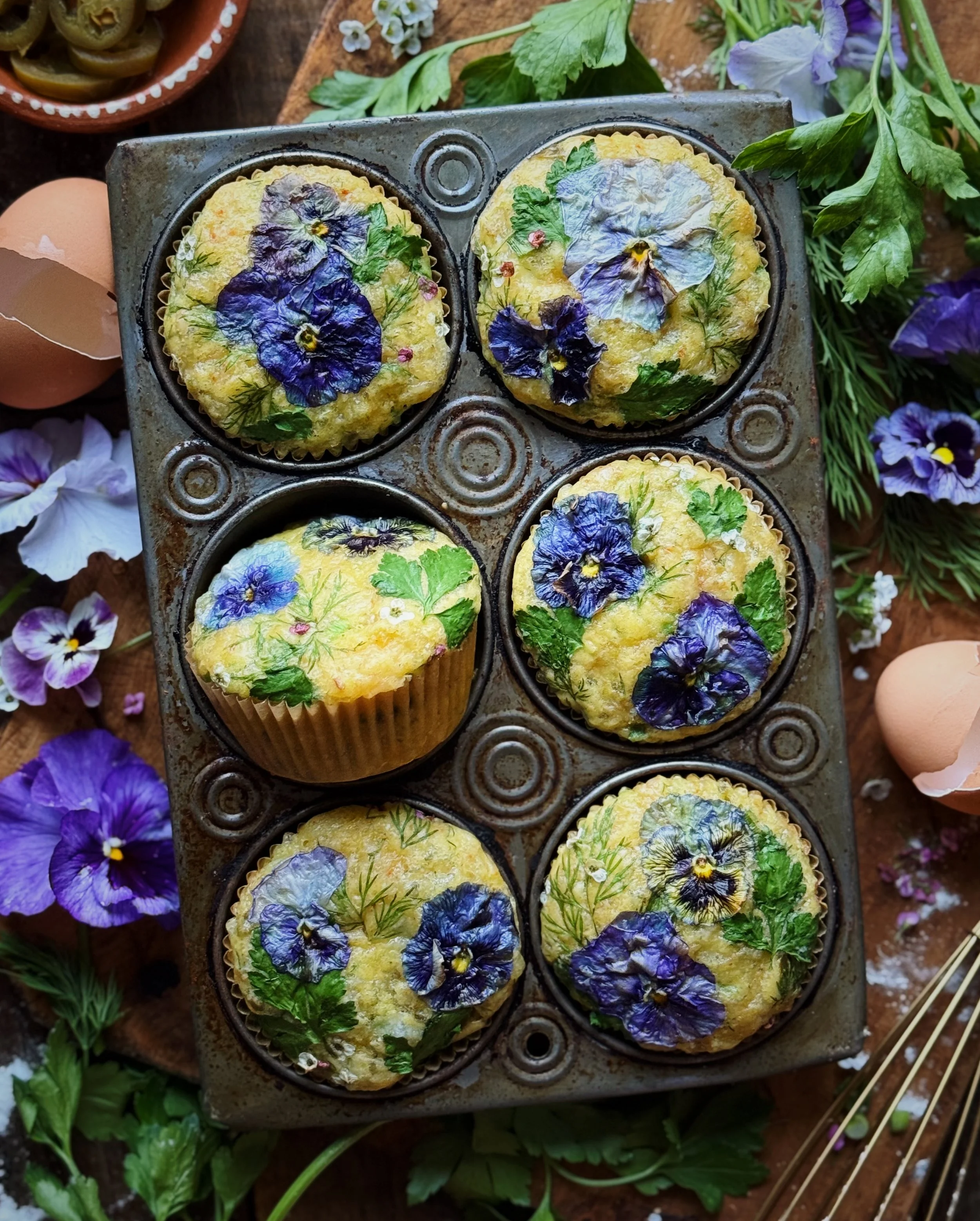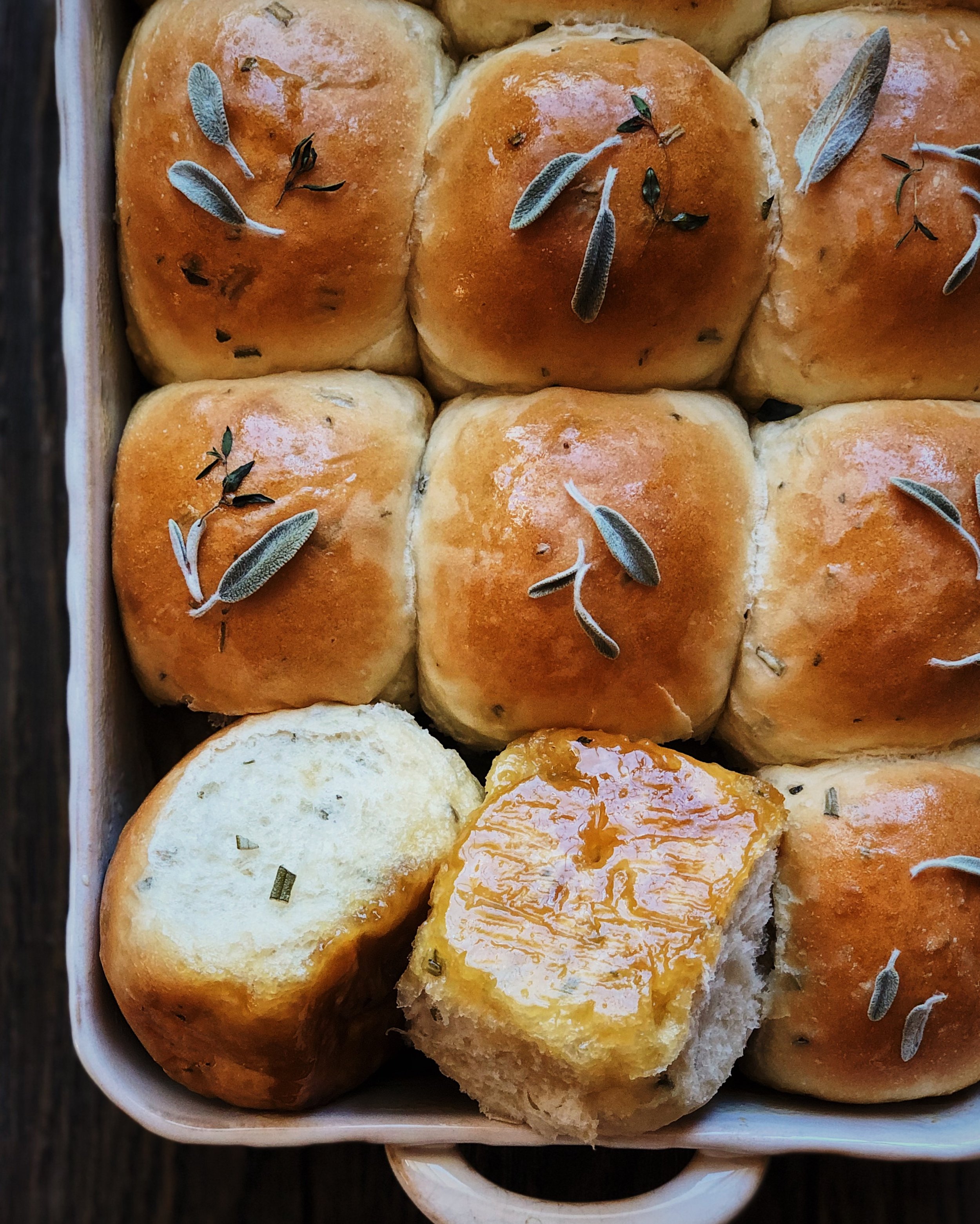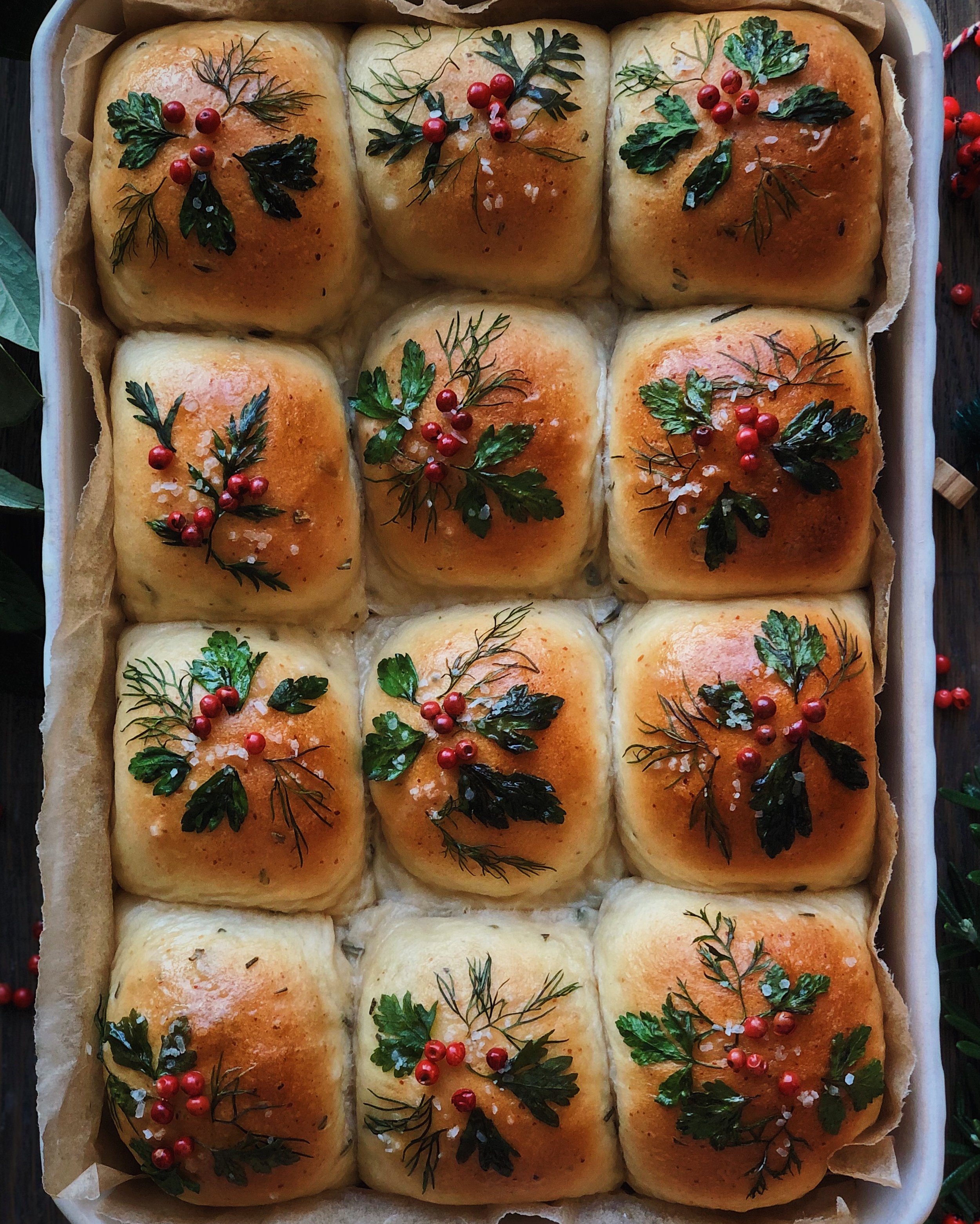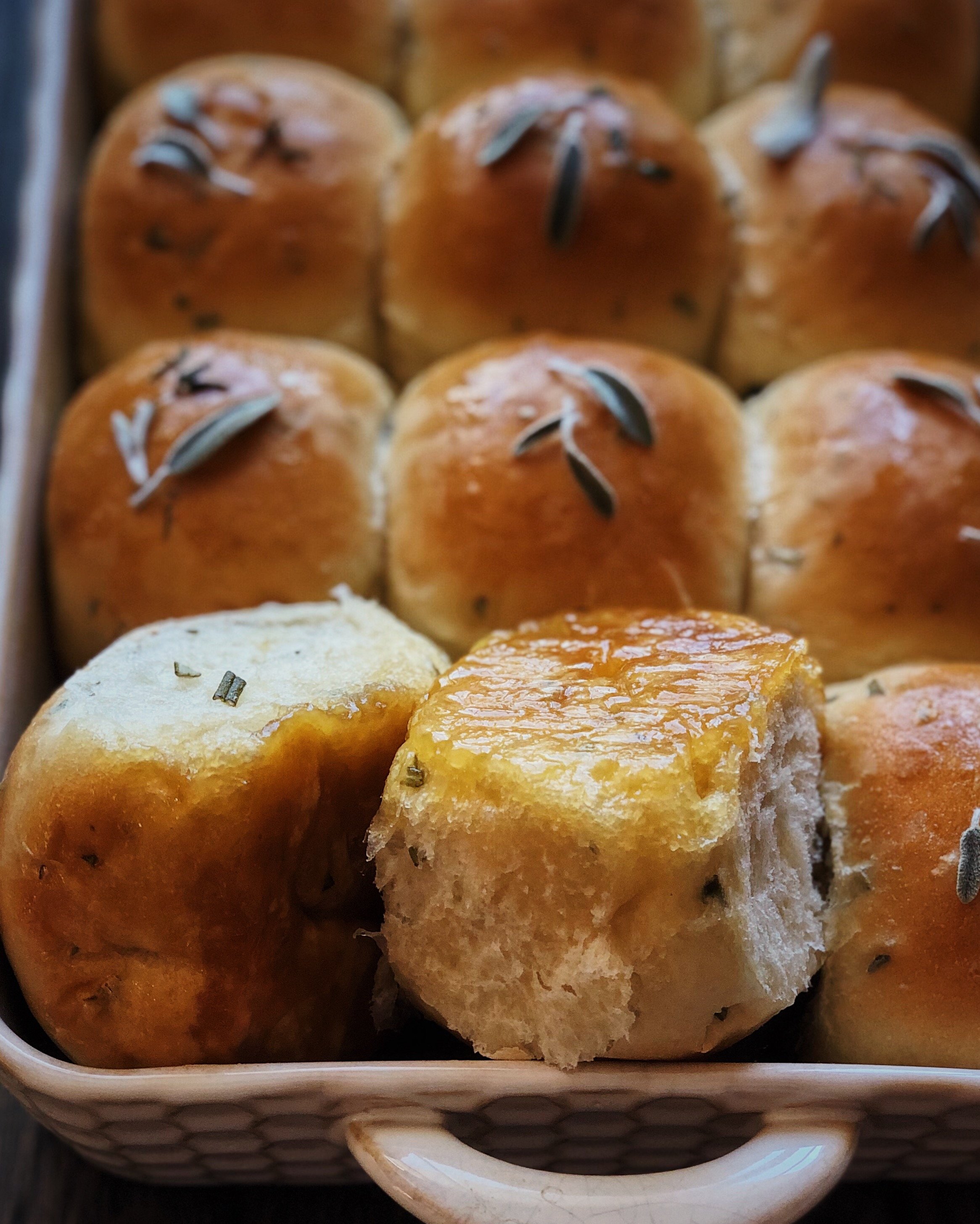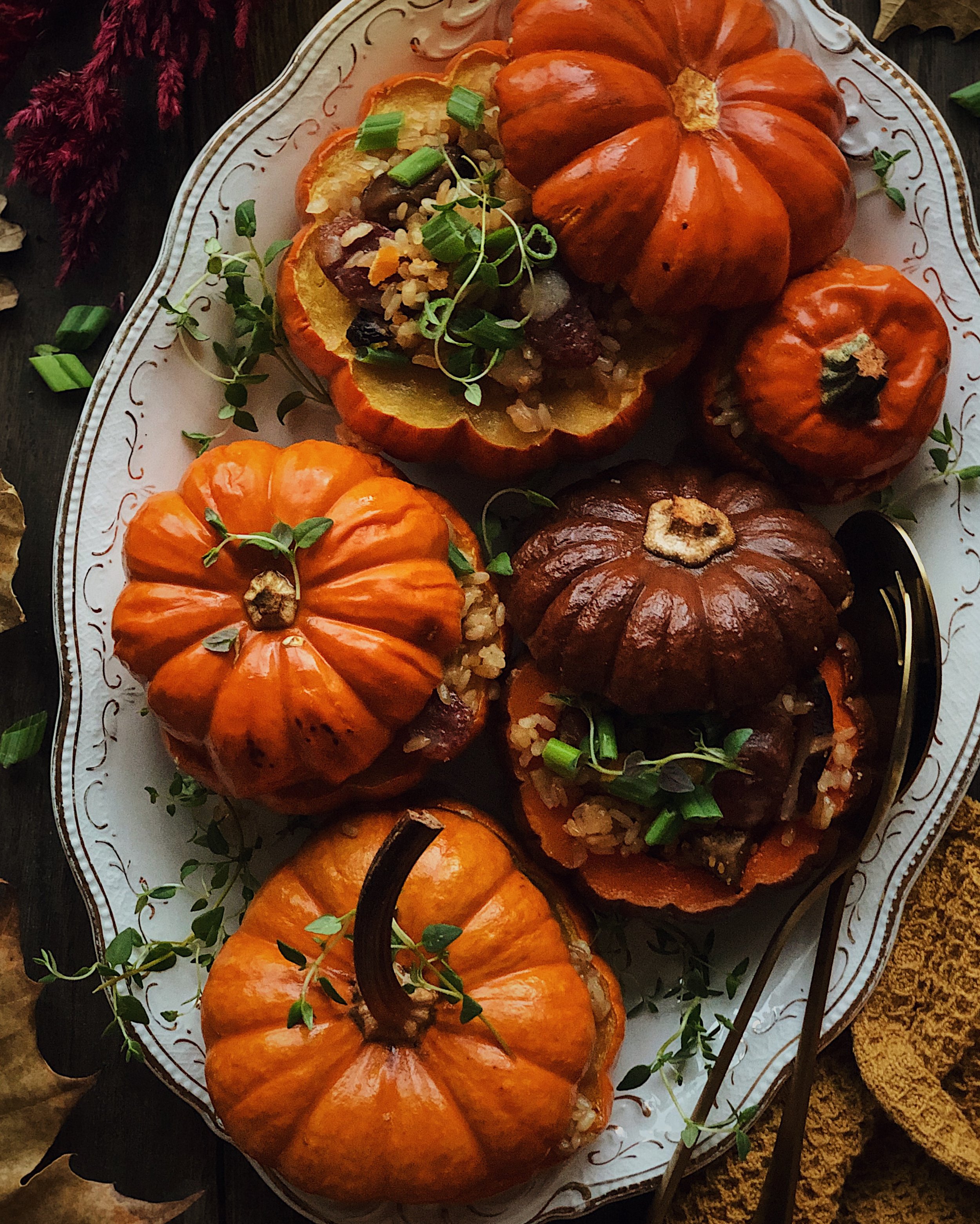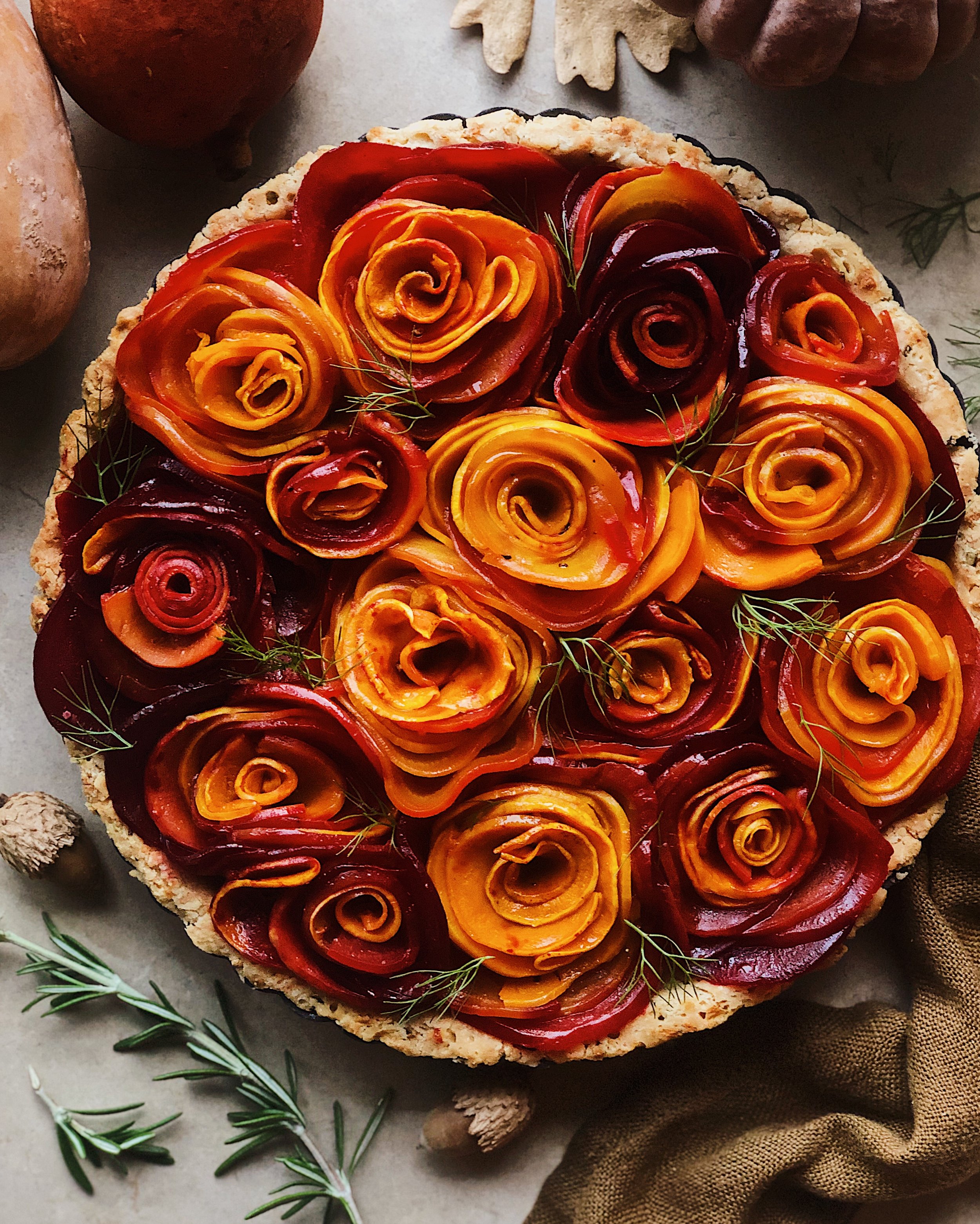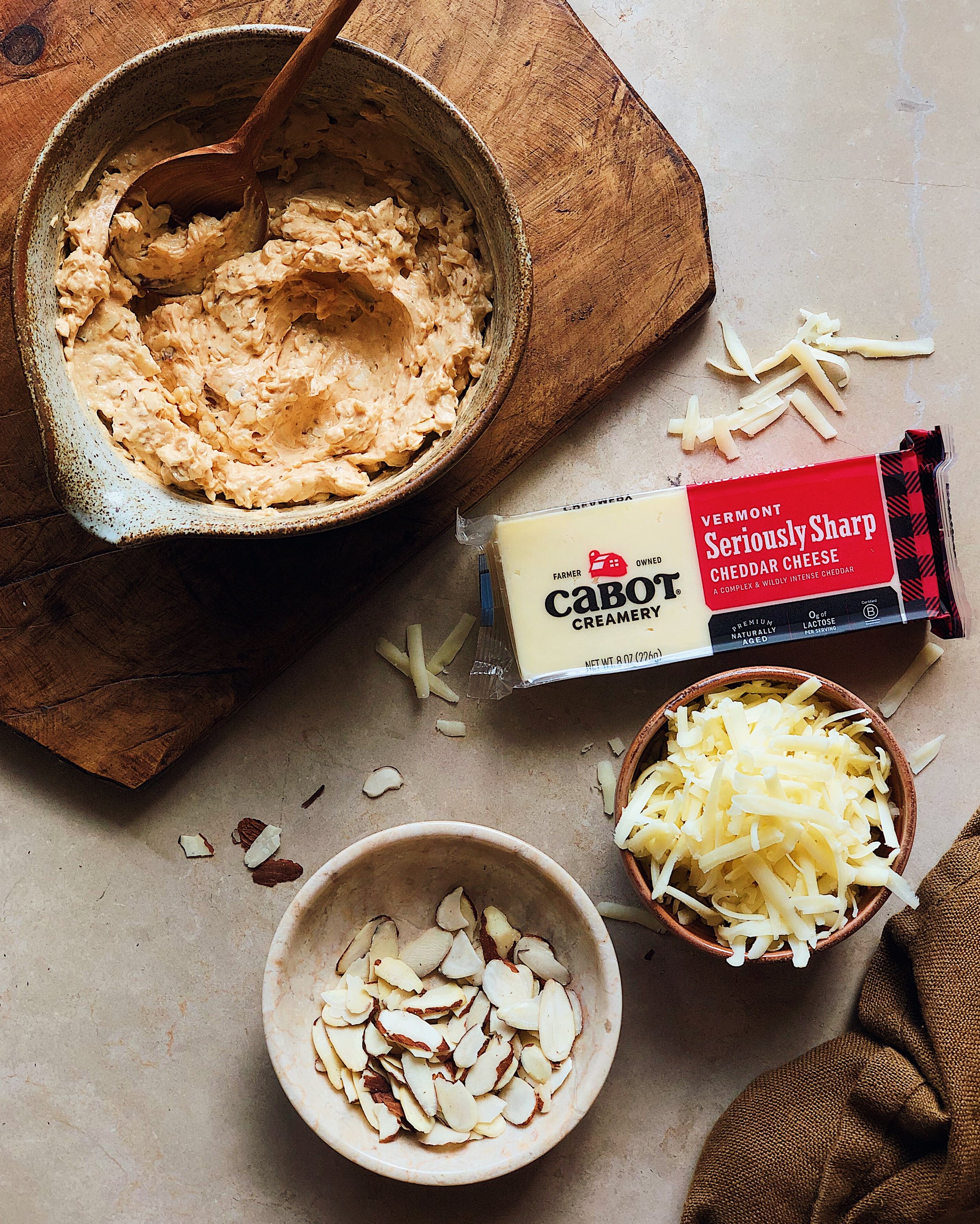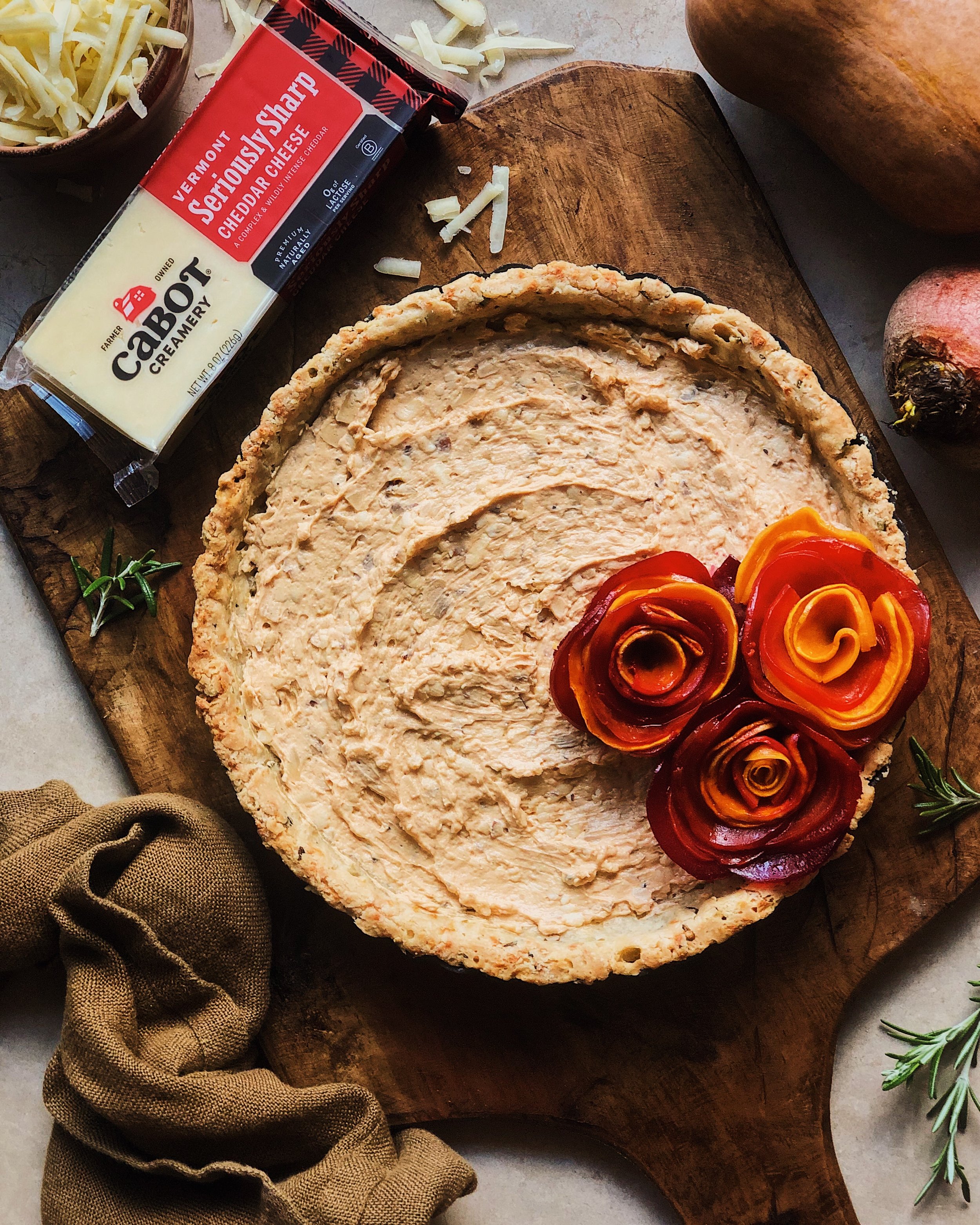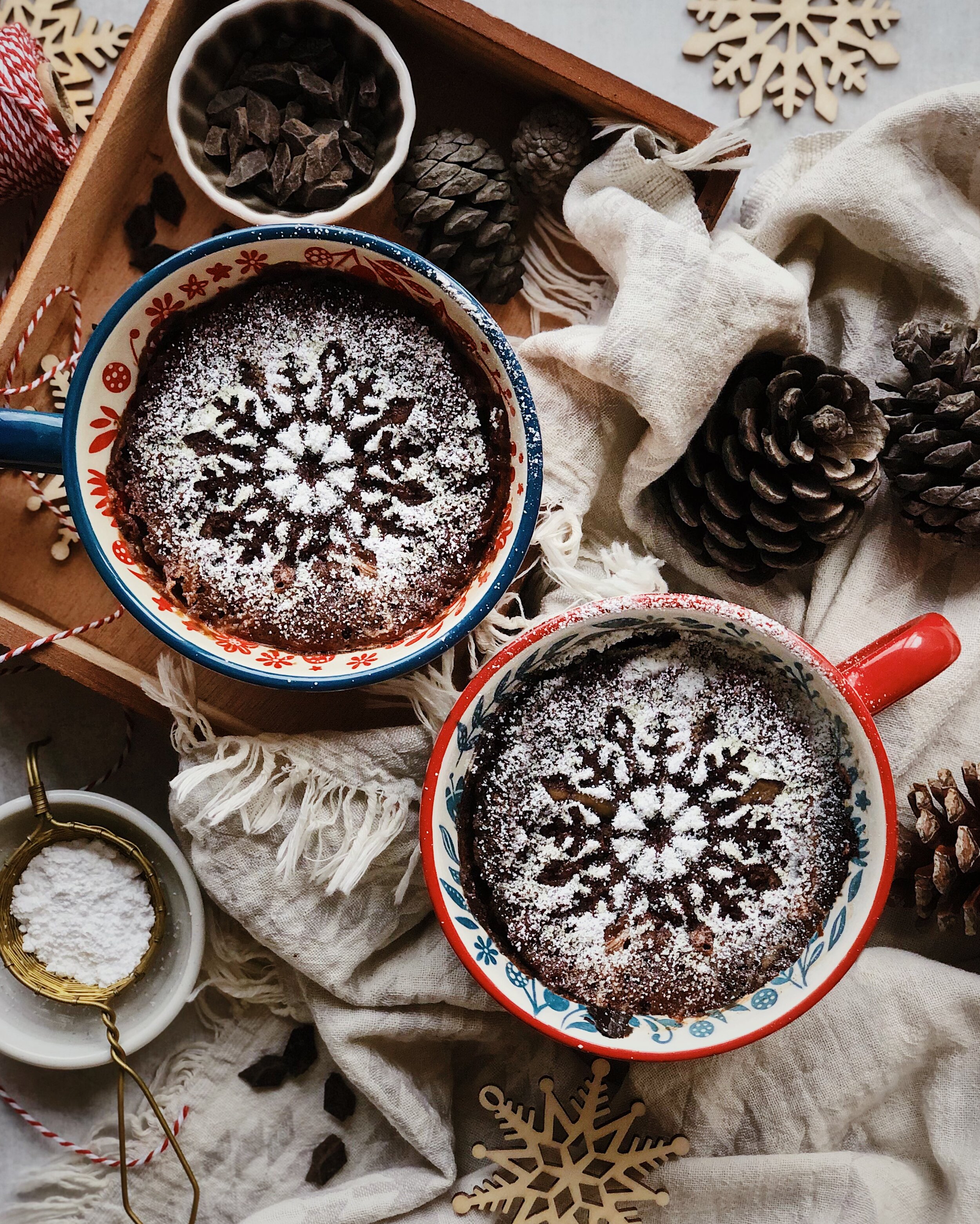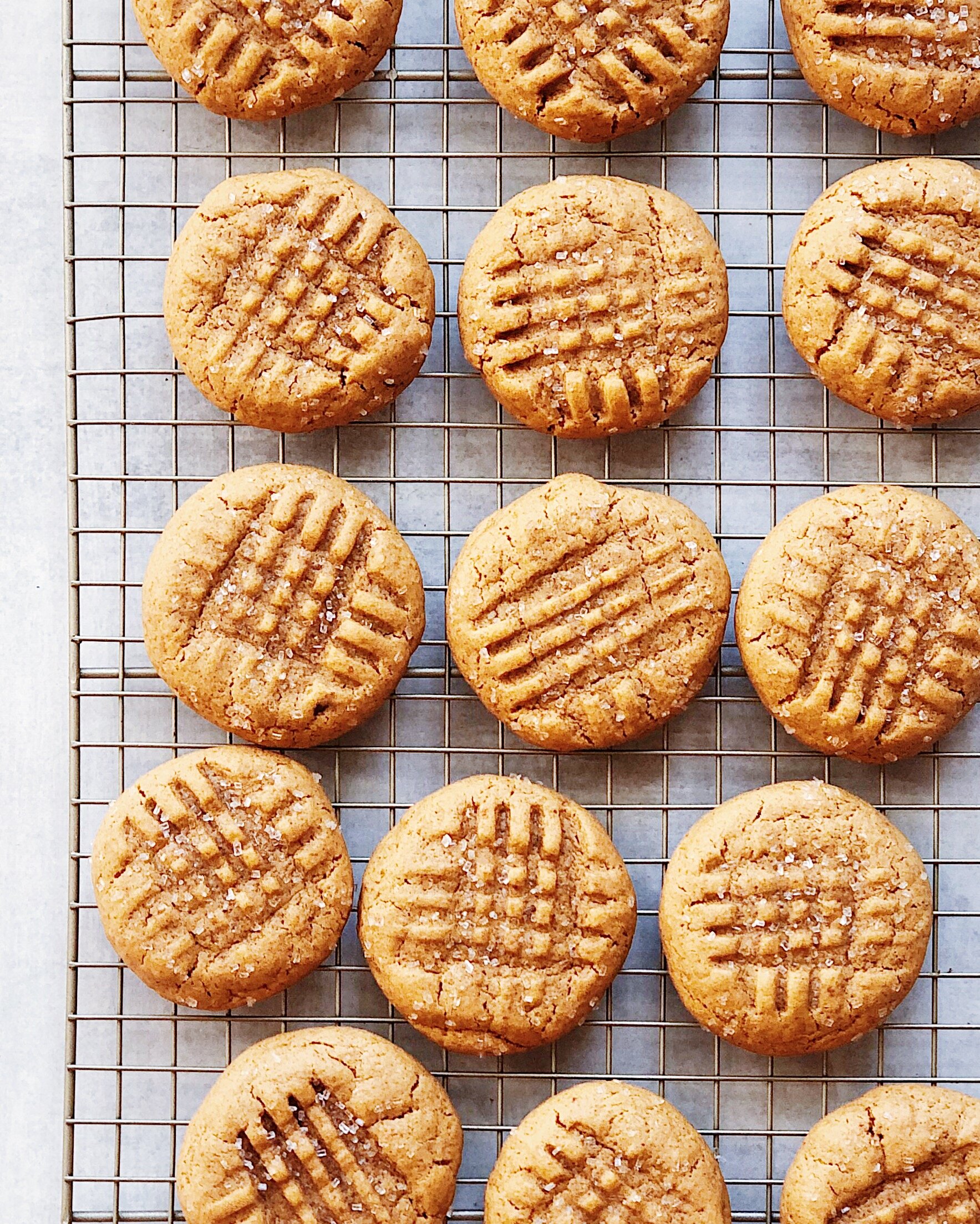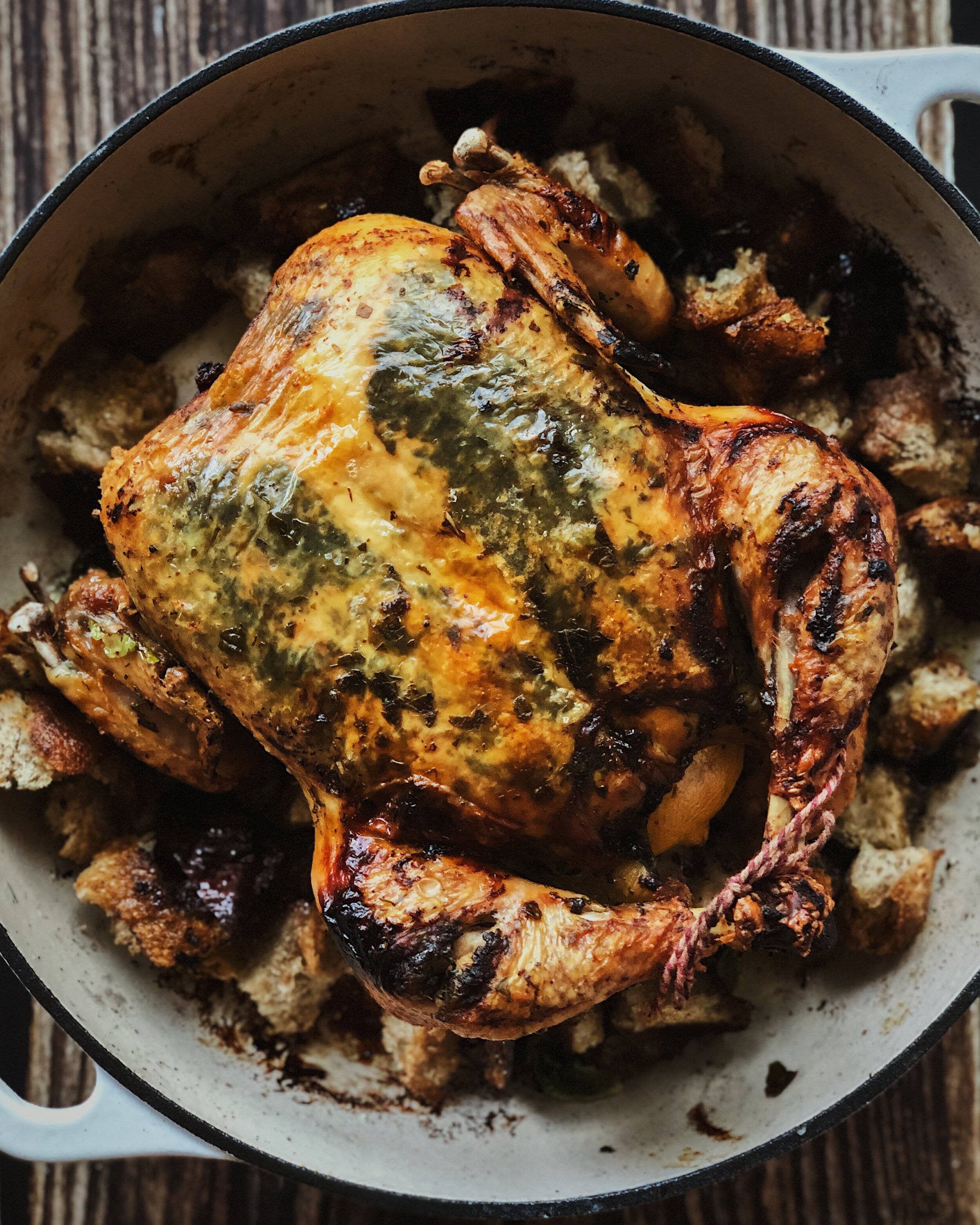My Savory Christmas Cookie Box!
/I’ve been pondering this idea of an all-savory Christmas “cookie” box all year and I am so excited with how it turned out. The purpose of this blog post is to share a little more detail about each item I included in the box, since I can’t include this much detail or links in an Instagram caption.
Hey, I love Christmas cookies too. But I will always crave and choose savory snacks over something sweet. Christmas cookie boxes are so pretty and festive, and I did not think it was fair that us members of Team Savory do not typically get to celebrate our love for salty, cheesy, and umami-y treats with the same aesthetic charm. (Popcorn tins and mixed nut boxes simply don’t do it for me.) So I made a selection of savory miniature treats that would look just as lovely tucked together in a little box as cookies and candies would.
A couple of disclaimers: I realized afterwards that everything happens to be cheese-flavored because I really, really like cheese, but I do want to mention that I am fully aware that there are other great savory flavors out there that do not involve being made of cheese. Also, I made this as a creative challenge for myself, using leftover items from other baking projects and small-batch versions of recipes; as it contains cheese and meat, it is not meant to be a mailed gift, since everything needs to be refrigerated. However, I think this would be a lovely gift idea for a cheese-loving friend that you are visiting in person, and I hope it inspires you to think outside of the cookie box with your own baking projects for this holiday season.
Here’s a list of what’s in my savory Christmas cookie box
On the left:
Savory cookies with sun-dried tomatoes, feta, and za’atar: It took me a while to figure out exactly what a savory cookie would be like. I know there are savory shortbread recipes out there, but I wanted to include at least one “cookie” in my box that really resembled the shape of a nice thick cookie, and with the same satisfying bite. When I took a step back and thought about the process of baking cookies, I realized that drop biscuits were basically a savory version of a cookie! My recipe for these is adapted from a buttermilk drop biscuit recipe, but with tasty mix-ins of feta, sun-dried tomatoes, and za’atar to replace the chocolate chunks, dried fruit, and baking spices that are found in many Christmas cookie recipes. Get the recipe for these savory cookies here.
Mini cheese balls: These cheese and walnut balls were inspired by the old school cheese balls covered in nuts that I remember being on grazing boards at my parents’ friends’ holiday parties when I was little. I used to really look forward to these because at my house, the only cheese items we ever had were the green can of parm and Kraft Singles. I made these by combining grated sharp white cheddar, cream cheese, garlic powder, and walnuts in the food processor and then rolling the resulting mixture into 1-inch balls. The ones on the left were rolled in chopped walnuts and the ones on the right were rolled in cheddar cheese powder (like the kind meant for seasoning popcorn). I love how these turned out looking like a visual dupe of the Russian tea cakes that my mom used to make at Christmas time every year.
Homemade white cheddar “Cheez-Its” with dill and white pepper: For something bite-sized and light, I made my own Cheez-It crackers, based on this recipe by Don’t Waste the Crumbs. I only made one quarter of the recipe and used sharp white cheddar instead of orange cheddar, and used a bit of white pepper instead of garlic and onion powders. After cutting the crackers out with a scalloped round cookie cutter, I pressed little fronds of dill on them for decoration and poked a bunch of little holes to keep them flat. I thought of these as a savory counterpart to gingersnaps, since both are crisp and have a warming spiced note to them.
On the right:
Cheddar gougères: These cheesy choux pastry puffs are a savory version of the same pastry shells used for profiteroles, eclairs, or cream puffs and are just as light as air and fun to eat. These were left over from a commissioned recipe where I filled the gougères with foie gras mousse. You can find the recipe for them here. Baked choux pastry keeps well in the freezer and simply needs to be popped back into the oven for a bit to be defrosted and brought back to life.
Country pâté and cheese hand pies: These miniature pies are filled with brie cheese and pâté de campagne, or country pâté. They were inspired by British picnic pies and the meat filling is similar to a terrine or to Spam, so it holds its shape and is perfect for a little hand-held pie. I decorated these with a combination of parsley, dill, and pink peppercorns to give them that festive look. These were also left over from a commissioned recipe, which you can find here.
Goat cheese mole “truffles”: To make these, I folded together soft goat cheese and chopped pepitas for a twist on the cheese and nut balls I mentioned above. After chilling the mixture in the fridge to firm up a bit, I rolled it into little balls, and then rolled that in a mixture of unsweetened cocoa powder and this Mexican mole-inspired spice blend to create a savory version of a chocolate truffle. After all, mole is a wonderful example of how chocolate can be savory too!
Pie pastry leaves: I had some leftover pie pastry scraps that I shaped into leaves, eggwashed, and baked. These got tucked into the final little space left in the bottom corner of the box.
For extra decorations, I used winter savory (the herb, whose name I thought was very appropriate for this) and bay leaves that I cut into the shape of holly leaves using kitchen shears.
For 2024, I set a challenge for myself to reimagine desserts and other confectionary sweet treats and create savory counterparts that are just as beautifully styled. You can see other examples of my “make it savory” series here. I had such fun with this challenge and I still have more ideas that I didn’t get around to yet, so I will definitely be continuing this series in the new year!
